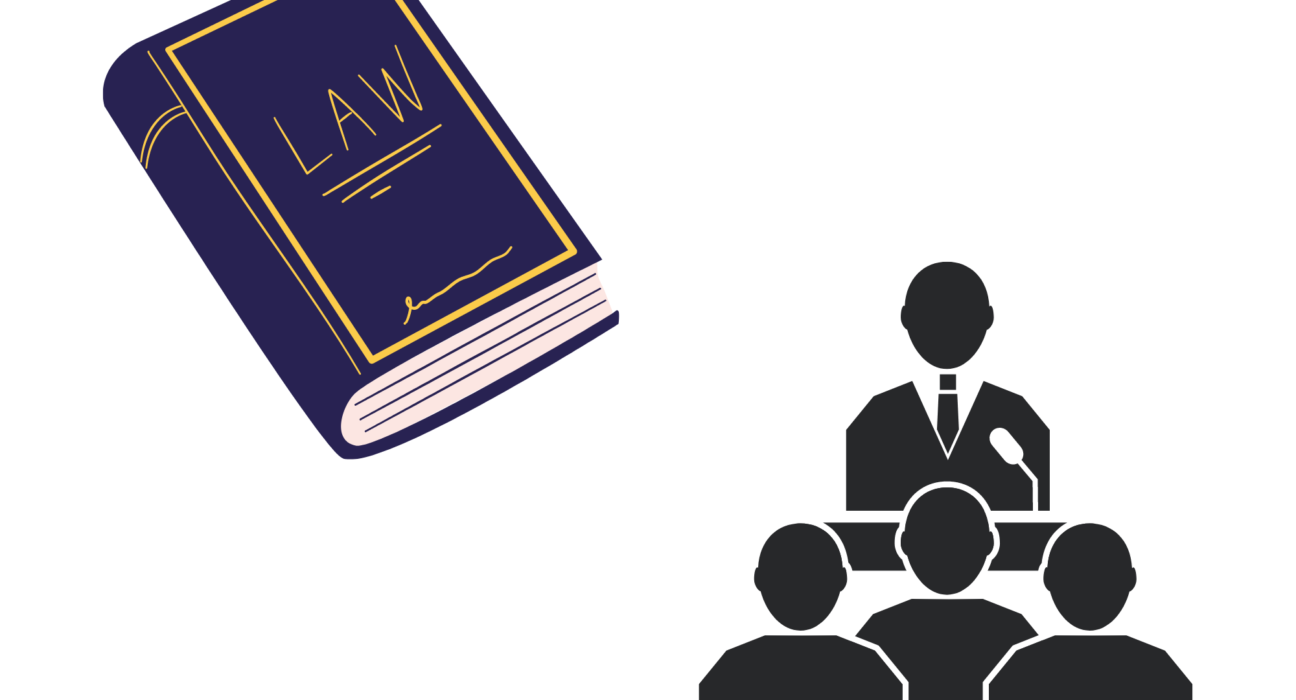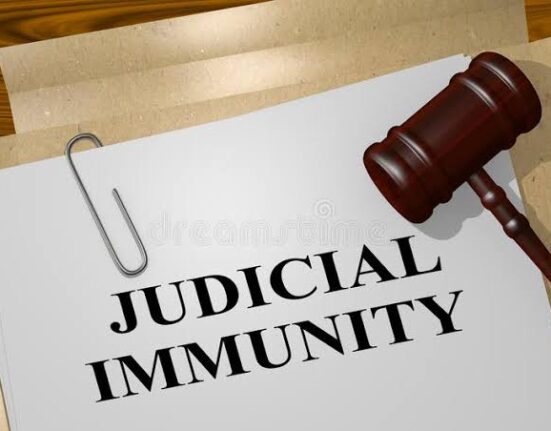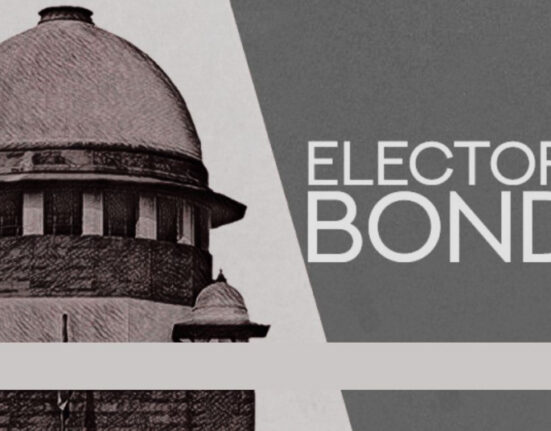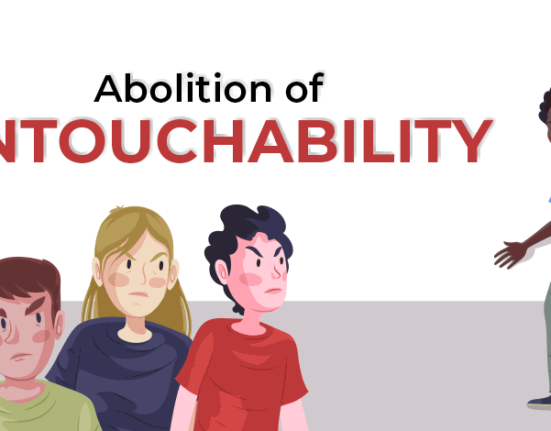Divya Salgaonkar, a 3rd-Year Law student from VES College of Law has written this Article on “Position of the Prime Minister under the Indian Constitution”.
Introduction
India follows a Parliamentary system. The Prime Minister leads the executive system and the Council of Ministers. Prime Minister is the real custodian of all the executive authority. Prime Minister enjoys a great power of patronage. Once elected as leader of the majority party it falls on him to induct any person into the cabinet. No senior government appointment can be made without cabinet approval, which is headed by the Prime Minister. The position of the Prime Minister has been described by Lord Morley as primus inter pares i.e., ‘first among equals.
Moreover, like in England, our Prime Minister is expected to play the role of the efficient executive in view of the paramount fact that the President constitutes the dignified part of the Union Executive. It should also be borne in mind that there are four important factors that either circumscribe the authority of the Prime Minister or force him to push back the barriers in order to play the role of a great national leader. These are the written constitution, the federal system, judicial review, and the multiparty system.
Position of the Prime Minister under the Indian Constitution
The constitution envisions a scheme of affairs in which the president of India is the ‘Head of State,’. In terms of Article 53 the office of the prime minister is the head of the government as well as the council of ministers to assist and advise the president in the discharge of his/her constitutional functions.
Under the Indian constitution, there is a specific provision for the Prime Minister. Accordingly ‘He’/’She’ is defined as a formal institution, as it used to be the case in England for a very long time.
In fact, there was much debate on whether India should have a parliamentary or presidential form of government. Ultimately, the decision favored the former, considering India’s familiarity with parliamentary institutions like those in England and concerns about the presidential system leaning towards dictatorship. This determines that colonial rule has influenced the form of Government and the role of the Prime Minister in India
- Article 74 mentions that the Council of Ministers headed by the Prime Minister provides aid and advice to the President.
- Article 75 mentions that the President appoints the Prime Minister and other ministers are appointed by the President on the advice of the Prime Minister.
- Article 78 mentions that the Prime Minister communicates all decisions made by the council of members to the President. The President can also refer issues for the consideration of the council of members through the Prime Minister.
Constituional Provisions
According to Article 75, the Council of Ministers is appointed by the president on the advice of the Prime Minister. This determines how the Prime Minister enjoys constitutional powers to indirectly nominate the rest of the council of ministers.
Along with the powers, the constitution also mentions the responsibilities of the Prime Minister that he must fulfill diligently. The President can request information from the Prime Minister, and it is the Prime Minister’s duty to provide it. Article 78(a) specifically demands that the PM communicate all the decisions of the council of ministers to the President.
The constitution also provides that if the President so requires to submit for the consideration of the Council of Ministers any matter on which a decision has been taken by a Minister but which has not been considered by the Council, he can do so. But what has been said in the letters of the constitution is quite misleading because the Prime Minister is much more powerful and wields a lot of authority and position.
Removal of Prime Minister
Article 75(2) also states that ministers hold office at the pleasure of the president. The term ‘ministers’ also includes the prime minister of India. However, Lok Sabha and the lower house of the parliament should have confidence in the prime minister. If not, then the Prime Minister can be removed by “vote of no confidence”. A simple majority of members of the Lok Sabha can terminate the Prime Minister from his position before his tenure. In the 72 years of history, only three prime ministers have been removed by this procedure. They were I.K Gujral, H.D Deve Gowda, and Atal Bihari Vajpayee. And, the Prime Minister of India can resign from this position of his own will. The only prime minister to do it was Morarji Desai.
Constituent Assembly and Amendments
In the ‘Constituent Assembly, Dr. Ambedkar said about the cabinet’s collective responsibility and Prime Minister’s role. It was later mentioned in the constitution; no person shall be retained as a member of the cabinet, if the Prime Minister says he shall be dismissed.
It is only when the members of the cabinet, both in the matters of their appointment as well as in the matter of their dismissal, are placed under Prime Minister that it would be possible to realize our ideal of collective responsibility.’
The Constitution (Forty-fourth Amendment) Act, 1978, has institutionalized the term Cabinet. It recognized and distinguished “Cabinet” from other Ministers who are members of the Council of Ministers. The newly inserted Clause (3) in Article 452 provides that the President shall not issue a Proclamation of Emergency or a Proclamation varying it “unless the decision of the Union Cabinet (that is to say, the Council consisting of the Prime Minister and other Ministers of Cabinet rank appointed under Article 75)” is communicated to him in writing.
Appointment of The Prime Minister under the Indian Constitution
The Constitution simply lays down that the Prime Minister is to be appointed by the President. The President has full powers and authority to call any person to form the government. In actuality, he has no option but to call for the leader of the majority party to form the government. In doing so the President follows the rules of the parliamentary system. It is now known that whenever a party gets a clear majority in Lok Sabha elections. The President plays a little role and he appoints the leader of such a party as the Prime Minister.
However, in case no party gets a majority and some parties are even unable to elect a common candidate as their leader, the President can play a lead role in the appointment of the Prime Minister. In other words, the first step after the election of the Lok Sabha, for the selection of the candidate for Prime Minister ship lies with the party itself. Following are the factors which determine the appointment of the Prime Minister according to the rules and regulations laid down in the Indian Constitution:
Prime Minister need not be always from Lok Sabha:
Between 1950-96 the Prime Ministers always belonged to the Lok Sabha. But it was a convention and not a law. This convention was broken in June 1996, April 1997, May 2004, and May 2009. In May 2004 and 2009, Dr. Manmohan Singh had been the Prime Minster belonging to Rajya Sabha. Still, he is a member of the Rajya Sabha. Thus, the convention that Prime Minister always belongs to Lok Sabha stands broken. The Prime Minister can be from either House of the Parliament. The only essential condition is that he must belong to the party which has the majority in the Lok Sabha.
Prime Minister need not be a sitting member of the Parliament:
Further, any person who is not a member of either House of Parliament can also become the Prime Minister. Moreover, such a person can remain so for six months. Additionally, such a person must essentially get the membership of either House, within this period. In case he fails to do so, he loses his office as Minister/Prime Minister.
No Formal Qualifications:
The Constitution lays down no formal qualifications for the office of the Prime Minister. Since no person who is not a member or cannot become a member of the Parliament can be appointed as the Prime Minister, It can be said that the qualifications essential for the membership of the Parliament are also the essential qualifications for the office of the Prime Minister.
Theoretically, the Prime Minister holds office at the pleasure of the President. It really means, so long as he enjoys the confidence of the majority in Lok Sabha. Lok Sabha can pass a vote of no-confidence against him. In this case, the Prime Minister either submits his resignation to the President or gets dismissed by the President. Whenever it may appear that the Prime Minister’s party has lost its majority in the Lok Sabha, the President can ask him to prove his majority in House. A failure to do so compels the Prime Minister to either resign forthwith or face dismissal at the hands of the President.
Powers of the Prime Minister under the Indian Constitution
The powers and responsibilities of the Prime Minister are quite wide in the Parliamentary democratic system of India. It is the Prime Minister who is the leader of the people. The success and failure of the Government to a great extent depends on the leadership provided by the Prime Minister. It is argued that over the years the powers and position of the Prime Minister have been enhanced with the centralization of bureaucracy. It is placed mainly at the disposal of the Prime Minister.
Many were of the opinion to call the Indian administrative system a “Prime Ministerial Government” instead of a cabinet system. However, in this regard, it is also essential to point out that the Indian Prime Minister cannot convert himself and herself into a dictator since not only the constitutional provisions but there are certain political limitations on his powers and authority as well.
Limitations on Powers of the Prime Minister
First, public opinion can serve as an important check on the powers of the Prime Minister. The Prime Minister cannot ignore the desires and demands of the citizens since it is on their electoral support that the future existence of political power will depend. Again, the interest and pressure groups of our country are also eager in carrying out the demands in their favor.
Similarly, the criticisms of the governmental policies by the Opposition and Mass media further checks and balance the powers and authority of the Prime Minister. Which are perhaps more interesting lies in the fact that since the nineties, due to the formation of a coalition government at the center, the role played by the regional parties has assumed a greater significance. As a matter of fact, these regional parties have opened a new vista of an era of political bargaining which further restricted the powers of the Prime Minister
Conclusion
Prime Minister is the real head of the government in India and the key-stone of cabinet ministers. The Prime Minister holds the utmost authority in the country and the political field, with no parallel to his position. If he enjoys the confidence of the majority of his party colleagues in the Lok Sabha he need not worry, much less care for the criticism which may be made against his policies and programs both inside and outside the Parliament.
The Prime Minister is the executive head, and the council of ministers forms the backbone of the country’s executive function. It is the parliamentary form of Government that gives limitless powers to the Prime Minister of India. During the post-war period the position of the Prime Minister in England and after independence, that of his counterpart in India has so much increased that today the Parliament, the Council of Ministers, and even the cabinet colleagues look towards him for initiative and guidance.
Also Read: The Role of the Speaker of Lok Sabha and Rajya Sabha, Click Here!







Leave feedback about this